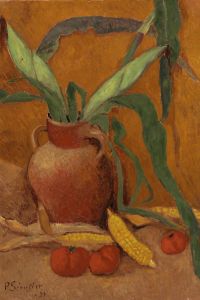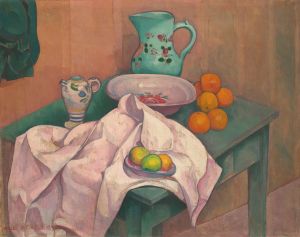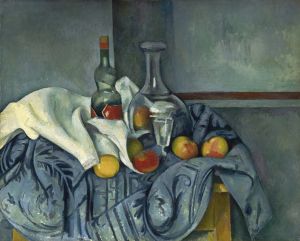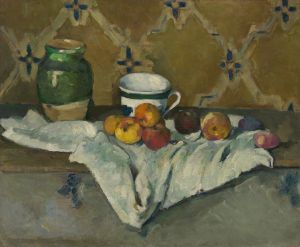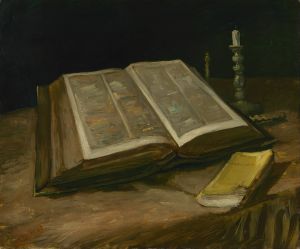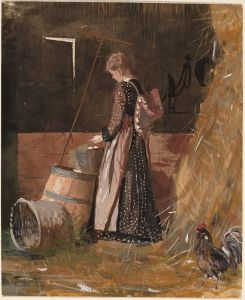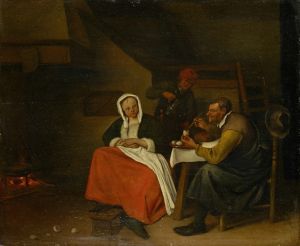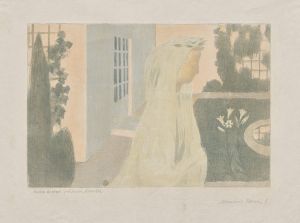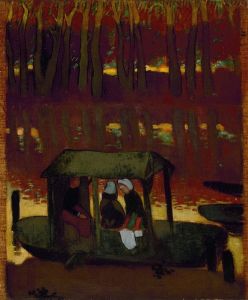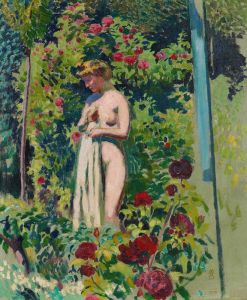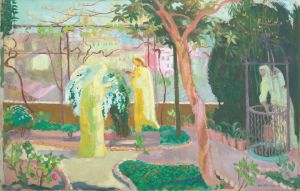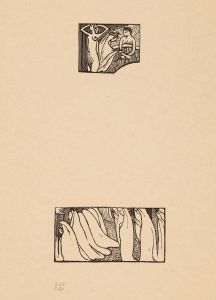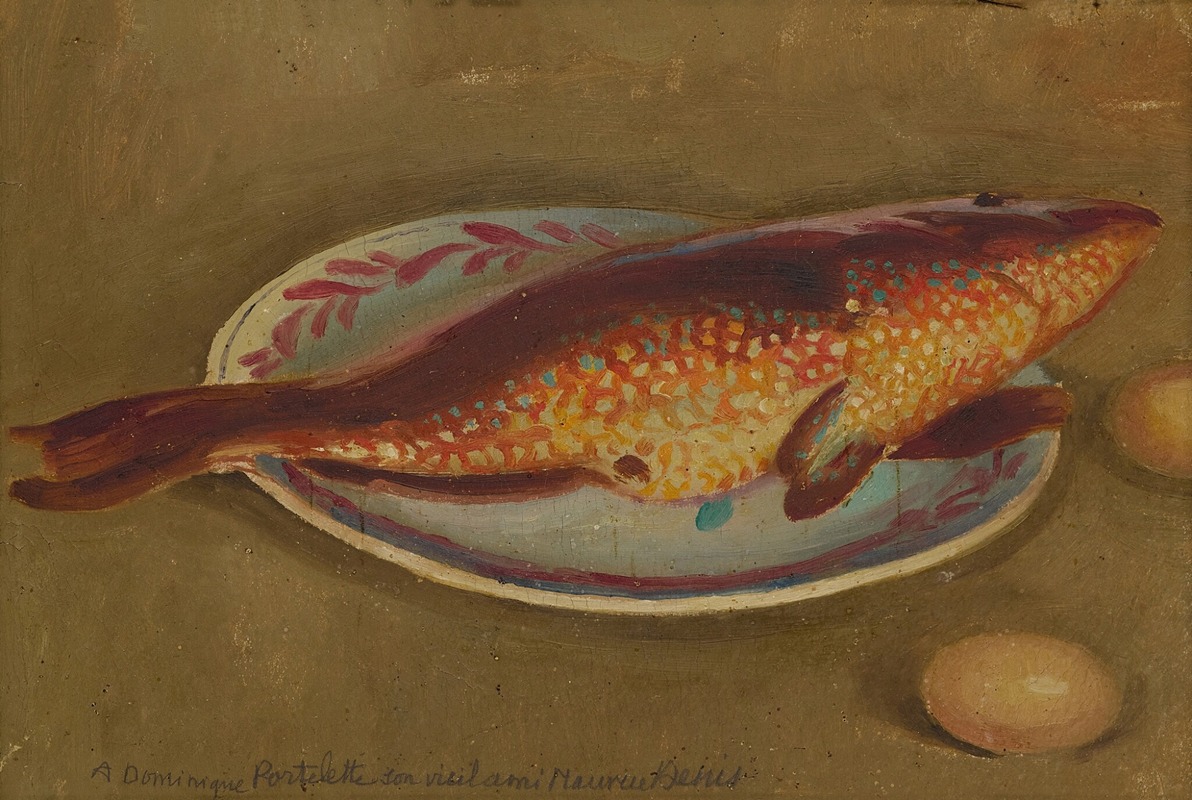
Nature morte à la vieille et oeufs
A hand-painted replica of Maurice Denis’s masterpiece Nature morte à la vieille et oeufs, meticulously crafted by professional artists to capture the true essence of the original. Each piece is created with museum-quality canvas and rare mineral pigments, carefully painted by experienced artists with delicate brushstrokes and rich, layered colors to perfectly recreate the texture of the original artwork. Unlike machine-printed reproductions, this hand-painted version brings the painting to life, infused with the artist’s emotions and skill in every stroke. Whether for personal collection or home decoration, it instantly elevates the artistic atmosphere of any space.
Maurice Denis was a prominent French painter and a leading figure in the Symbolist and Nabi movements during the late 19th and early 20th centuries. Known for his theoretical writings and contributions to modern art, Denis played a crucial role in the transition from Impressionism to modernist movements. One of his works, "Nature morte à la vieille et oeufs," exemplifies his unique approach to painting, characterized by a blend of symbolism, decorative elements, and a focus on the spiritual aspects of art.
"Nature morte à la vieille et oeufs" translates to "Still Life with the Old Woman and Eggs." This painting is a still life composition, a genre that Denis explored with a distinctive style that often incorporated religious and symbolic themes. While specific details about this particular painting are limited, Denis's still lifes typically reflect his interest in the interplay between form and color, as well as his philosophical approach to art.
Denis was deeply influenced by his Catholic faith, which often informed the thematic elements of his work. His paintings frequently explore themes of spirituality, domesticity, and the sacredness of everyday life. In his still life compositions, Denis often sought to transcend the mere depiction of objects, imbuing them with a sense of deeper meaning and significance.
The Nabi movement, of which Denis was a key member, emphasized the importance of the artist's subjective experience and the symbolic use of color and form. This movement was a reaction against the naturalism of Impressionism, advocating instead for a more abstract and decorative approach to painting. Denis's work, including his still lifes, reflects these principles through its use of bold colors, simplified forms, and a focus on the emotional and spiritual resonance of the subject matter.
Denis was also a prolific writer and art theorist, and his ideas about art were influential in shaping the direction of modern art in the early 20th century. He famously stated, "Remember that a picture, before being a battle horse, a nude woman, or some anecdote, is essentially a flat surface covered with colors assembled in a certain order." This perspective is evident in his approach to still life, where the arrangement of objects and the harmony of colors take precedence over realistic representation.
Throughout his career, Denis remained committed to the idea that art should convey a sense of the divine and the eternal. His still lifes, including "Nature morte à la vieille et oeufs," are not merely exercises in composition but are imbued with a sense of reverence for the beauty and mystery of the world. By focusing on the spiritual dimension of everyday objects, Denis's work invites viewers to contemplate the deeper meanings that lie beneath the surface of the visible world.
While specific information about "Nature morte à la vieille et oeufs" is scarce, the painting can be appreciated within the broader context of Maurice Denis's oeuvre and his contributions to the development of modern art. His work continues to be celebrated for its innovative approach to color, form, and symbolism, as well as its enduring exploration of the spiritual aspects of human experience.





